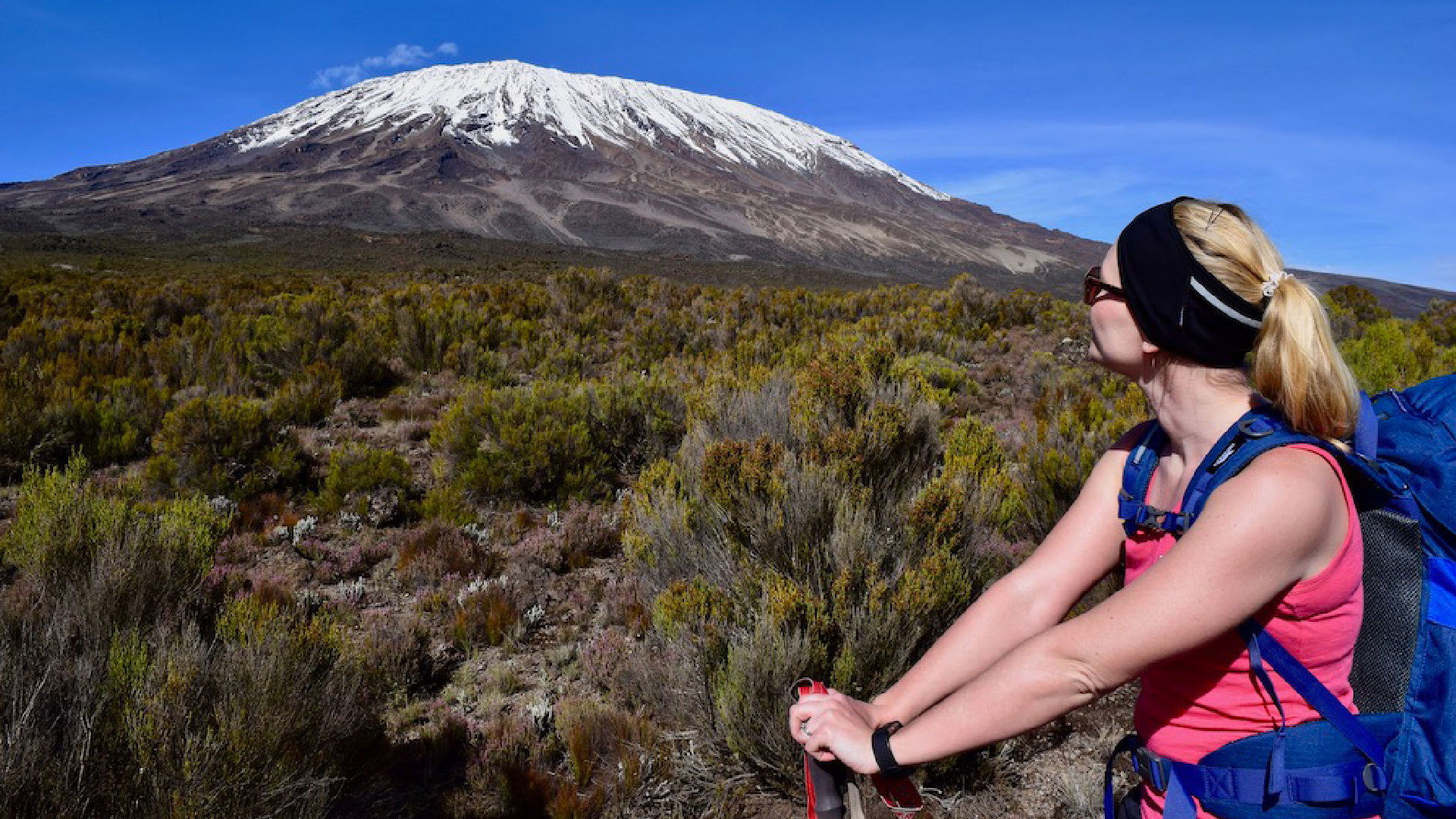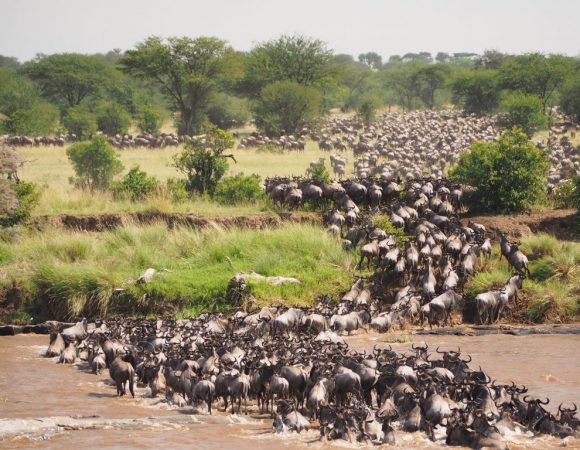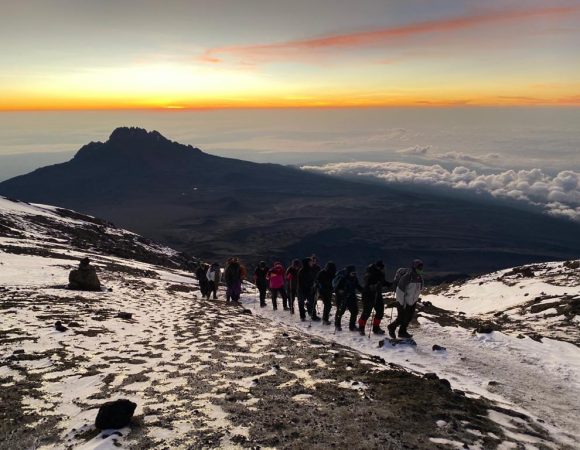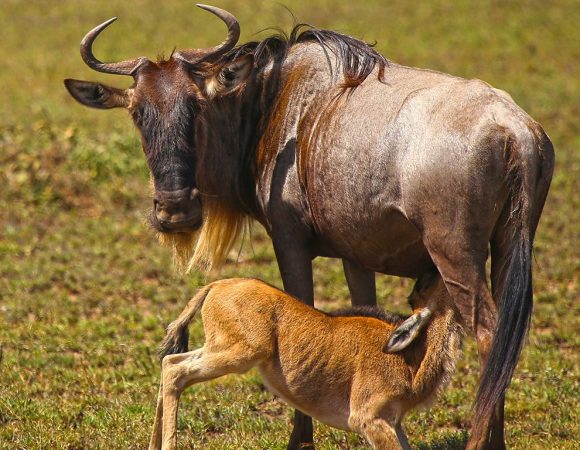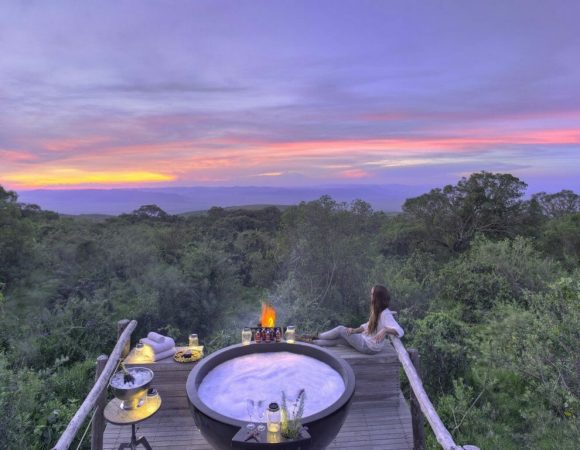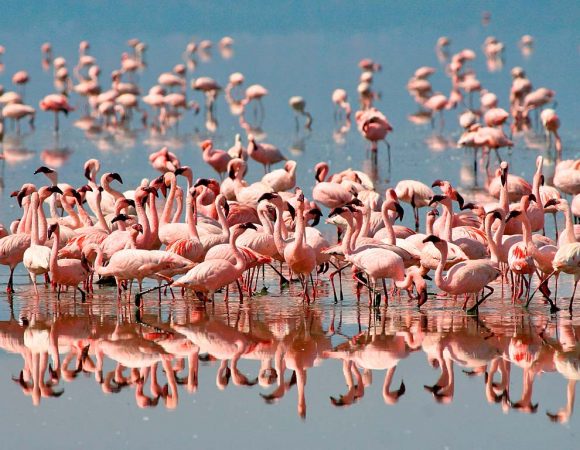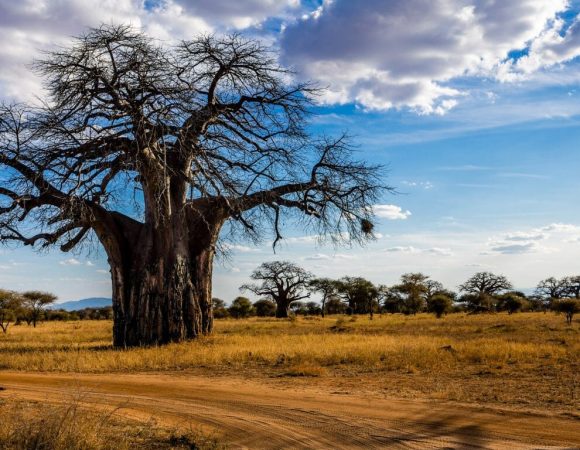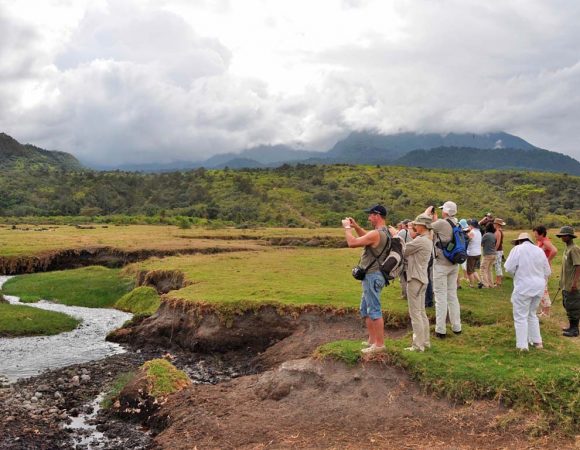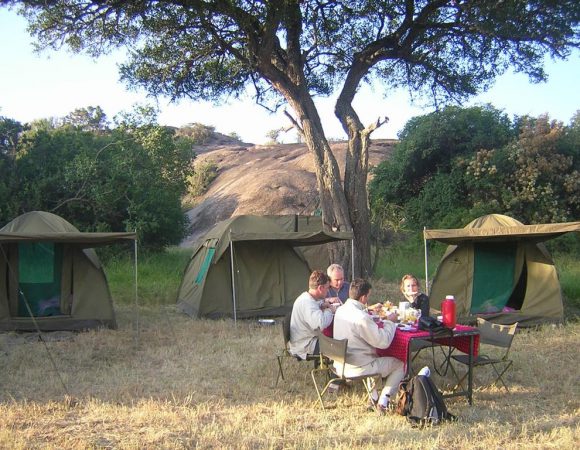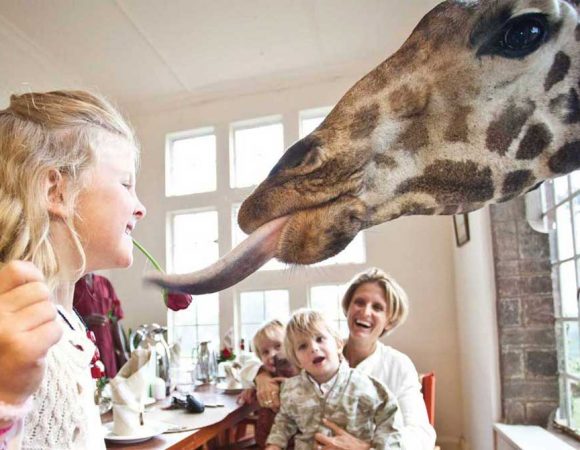- Home
- Climbing Gear – What to wear to Mount Kilimanjaro
Climbing Gear – What to wear to Mount Kilimanjaro
Clothing and accessories
Here is a suggested list of clothing and accessories for a climb of Mt. Kilimanjaro:
insulated, waterproof hiking boots with rigid uppers and thick soles
(Boots must be WELL BROKEN IN.)
- 3 pair of warm socks
- 3 pair of lightweight socks (to wear under warm socks)
- 1 or 2 pair of lightweight walking or running shoes for walking around camp (with appropriate socks)
- 1 warm hat (or balaclava) with brim to keep the sun off face and neck and a sun hat (you will need both types)
- 1 pair of insulated hiking or ski gloves
- 1 down-filled, hooded parka or goretex anorak
- 2 sets of thermal underwear (preferably a lightweight pair to wear next to the skin and a heavier second pair for extra warmth)
- 1 pair of warm, windproof slacks
- 1 pair of lightweight slacks
- 1 pair of shorts
- 2 woollen or flannel shirts with long sleeves
- 1 or 2 warm sweaters (fleece-type)
- 2 lighter-weight shirts (or tee shirts)
- 3 or 4 sets of underwear
- Lightweight rain gear with hood (Rain can occur at any time on the lower slopes.)
- Lightweight personal water container
- A water purification kit and/or iodine pills
- A lightweight daypack for carrying your own water, lunch, camera, film, etc.;
- (A pack that has a hydration system with an insulated water bladder is suggested.)
- A medium-size, sturdy duffel bag to contain all your gear and clothing (Porters will carry this for you, but they will NOT carry framed backpacks.)
- A well-insulated sleeping bag suitable for temperatures of 20-degrees Fahrenheit (The sleeping bag should fit in your duffel bag.)
- Camping pillow (if desired)
- Emergency foil blanket (optional)
- Flashlight (with extra batteries); a head lamp will be especially useful for the last
Part of the climb, which is done at night
- 1 or 2 walking sticks
- Pair of mud gaiters
- Dark sunglasses with high UV ray protection or snow goggles
- (Polarising glasses are not sufficient to prevent snow blindness.)
- Sunscreen with high SPF
- Lip balm containing a sun block
- Small hand towel, soap, and 2 rolls of toilet paper
- Tissue and “wash and dry” wipes
- UV filter for your camera (which is necessary for high-altitude photography)
- High-energy snacks (such as muesli bars, chocolate, or instant hot drinks)
- A small medical kit. Your doctor can advice you on what to include.
- A good supply of aspirin (for altitude headaches)
- Altitude medication — as prescribed by your doctor
- An antibiotic to use if needed (such as Septra DS) as prescribed by your doctor
- Anti-biotic cream (for cuts and scrapes)
- Band-aids and bandages
- Moleskin
- Scissors, tweezers, and a thermometer
- Cold/flu tablets and throat lozenges
- Medicine for stomach ailments and rehydration salts
- Clothing of various weights is suggested, because you will want to dress in layers (removing layers as you heat up from walking, Adding layers as you cool down from resting). During the first two days, climbers may find it comfortable to wear shorts and tee shirts. However, temperatures will change at higher altitudes. By the third day of your climb (Shira Camp to Barranco), it can be very windy and the temperature can fall to freezing at night.
- A limited selection of equipment is available for rental at the base of the mountain; however, Tanzania Overland Adventures cannot guarantee the quality or condition of any items rented locally. It is, therefore, suggested that climbers bring all of their own equipment.
Baggage
During a climb of Mt. Kilimanjaro, travellers should plan to travel with only what is required for the climb. (Excess luggage can be left behind in Arusha/Moshi and claimed after the climb.)
As previously mentioned, porters will carry only duffel-type bags during the climb (no framed backpacks or suitcases). You need only carry a daypack with the personal items you will require during the day (your personal supply of water, your lunch, your camera and film, and any clothes you may want to put on or discard). Your passport, money, and permit papers should be kept with you at all times during the climb and also carried in your daypack. Please be advised that luggage carried by porters is available to travellers only while in camp and is NOT accessible during the day.
Information on laundry
Laundry service is NOT available during a climb of Mt. Kilimanjaro, and it is necessary to take a sufficient amount of clean clothing for the duration of the climb


